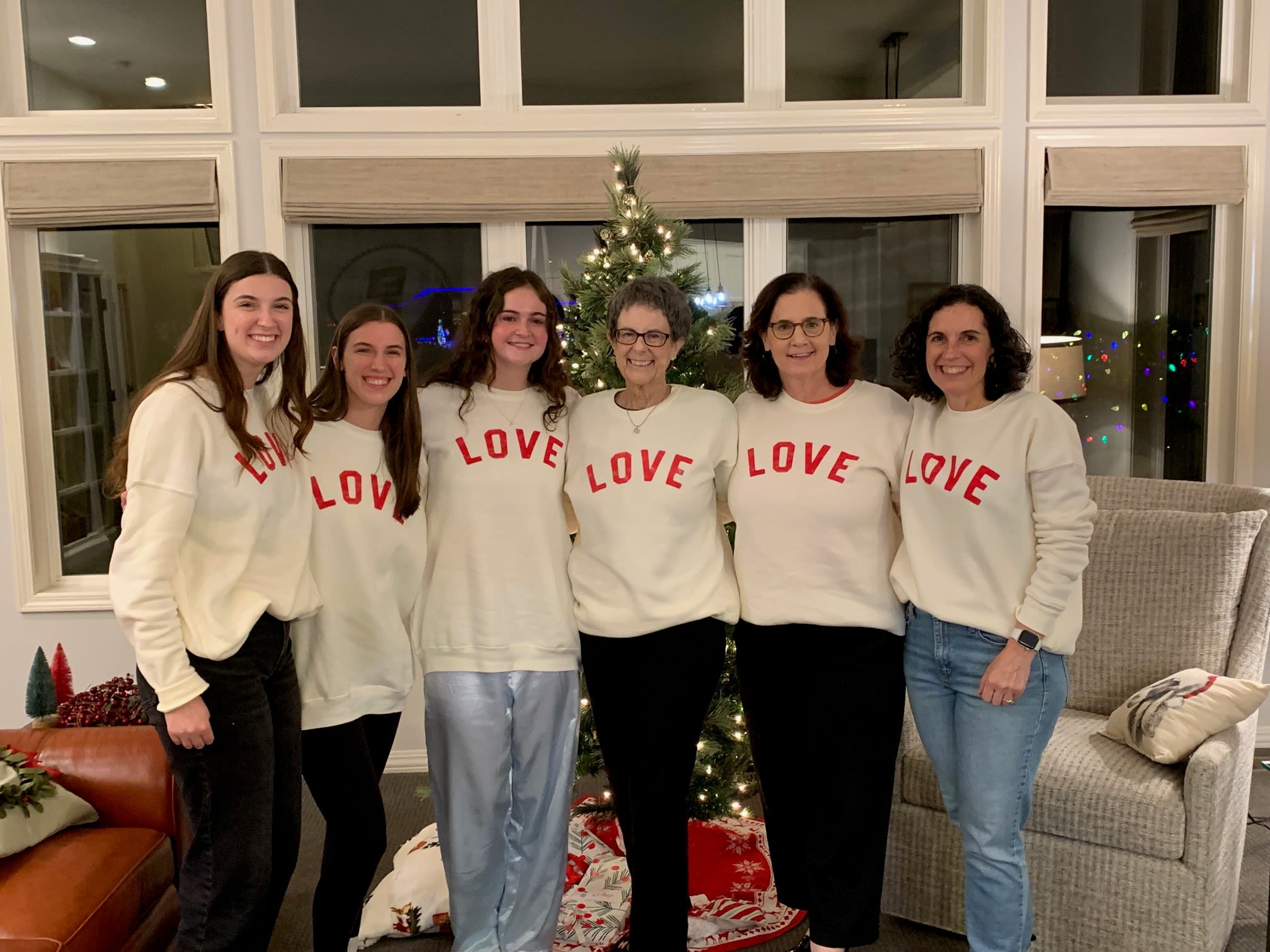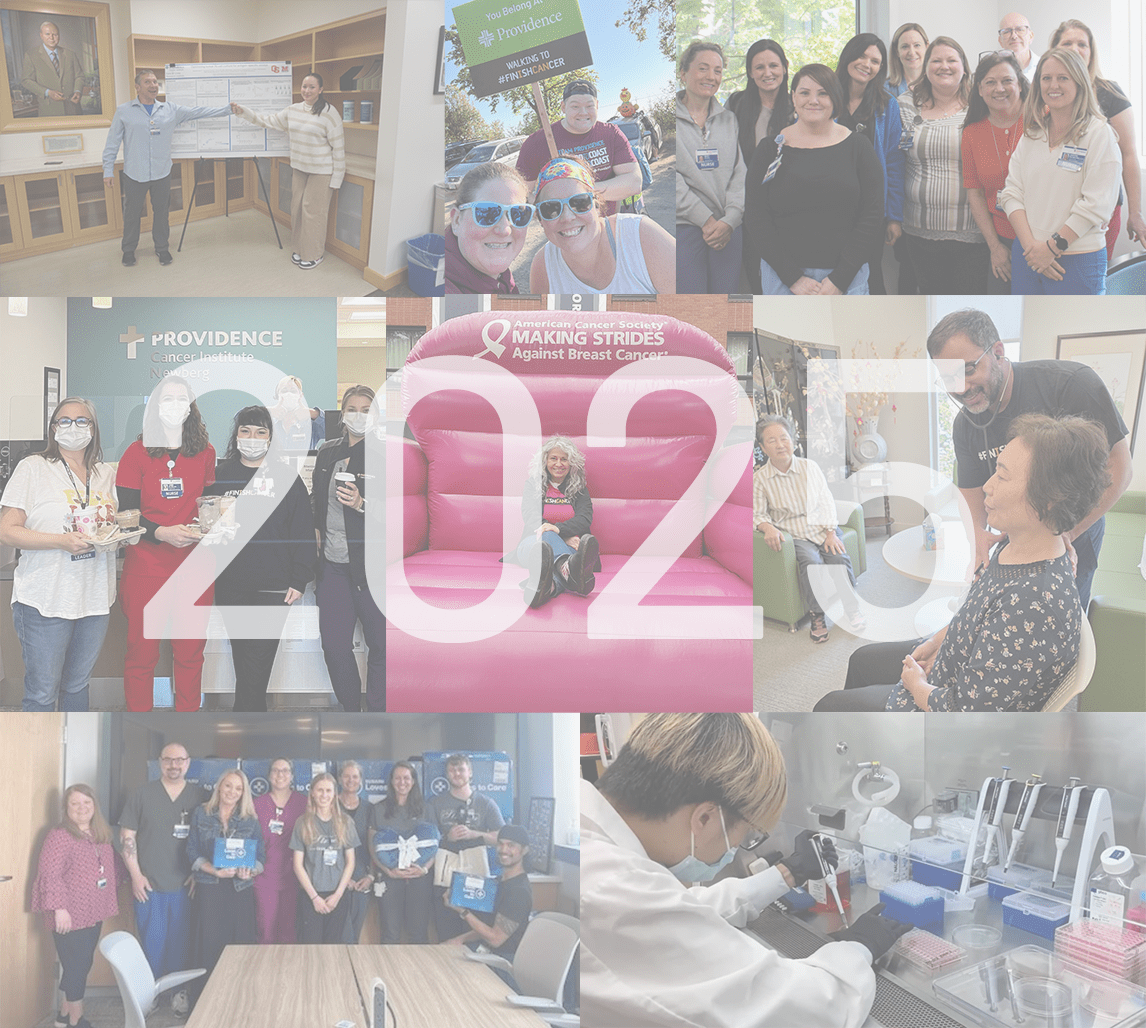Expert tips for skin cancer prevention

[6 MIN READ]
In this article:
-
Ultraviolet (UV) rays can be harmful to your skin, causing skin cancer.
-
UV rays are present at any time of the year — if you like to participate in skiing, snowboarding and other winter sports, be sure to cover up and wear sunblock.
-
It’s important to get your skin checked once a year, because when you detect skin cancer early, you’re more likely to fully recover.
Skin cancer prevention: Protecting your skin year-round
You could call ultraviolet (UV) radiation one of the sneakiest dangers that your body faces. UV rays can penetrate your skin in the more traditional ways, such as when you have direct sun exposure — or they can harm you in more subtle ways, such as reflecting off of snow and ice onto your skin.
While skin cancer is the most common cancer in the United States, it’s also the most preventable. We spoke to Trevan Fischer, M.D., surgical oncologist at Providence Specialty Medical Group in Santa Monica, California, about the different types of skin cancer and how you can protect yourself.
Understanding skin cancer and UV exposure
There are many different kinds of skin cancer, but the most common types are basal cell carcinoma, squamous cell carcinoma and melanoma.
The skin has two main layers — the epidermis, or outer layer, and the dermis, or inner layer. Skin cancer begins in the epidermis, which is composed of three kinds of cells:
- Squamous cells – form the top layer of the epidermis
- Basal cells – located under the squamous cells
- Melanocytes – cells that make pigment and are in the lower part of the epidermis
Basal and squamous cell carcinomas begin in the basal and squamous layers of the skin, respectively, and are the most common types of skin cancer. Melanoma begins in the melanocytes. “It is less common than basal cell carcinoma and squamous cell carcinoma, but it is more aggressive and has a higher risk of spreading to other parts of the body,” says Dr. Fischer.
Sun safety isn’t just for summer
While it’s natural to think of protecting your skin when the sun is blazing during the peak of summer, the hottest season of the year isn’t the only time you should be careful.
Winter UV risks: Skiing, reflection and higher elevation
If you don’t wear sunscreen while you’re skiing or snowboarding, you could be in for a painful sunburn — and an increased risk of skin cancer. That’s because snow reflects up to 80% of the sun’s UV light, so the rays hit you twice. If you’re skiing or enjoying other winter activities at a high elevation, you’re in even more danger — for every 1,000 meters you ascend, UV exposure can increase by up to 10%.
Indoor UV risks: Tanning beds
One of the biggest threats to your skin is located right in your local shopping center. Dr. Fischer cautions that everyone should avoid tanning beds — especially teenagers. According to the American Academy of Dermatology, tanning bed use before age 20 can increase your chance of developing melanoma by 47%. Each time you use a tanning bed, the risk increases.
While it may be tempting to try a tanning bed so you can keep your skin looking good throughout the year, the risk to your long-term health just isn’t worth it.
Skin cancer prevention best practices
There are several different ways you can protect your skin from harmful UV rays.
Choosing the right sunscreen and SPF levels
According to Dr. Fischer, you should use a broad-spectrum sunscreen — at least SPF 30 — every two hours when you’re in the sun. Reapply more often if you are sweating. If you are just going in and out of the car, you can reapply every four hours; if you are in direct sun, every two hours; and in direct sun and perspiring, every half hour. It’s important to avoid sunburn at all costs. “Choose something you would be willing to apply and reapply,” says Dr. Fischer.
Protective clothing and shade strategies
Ultraviolet protective clothing and rash guards have gotten more popular, both for kids and adults. They offer all-day protection without having to reapply sunscreen. If you are gardening or are in the sun for a long time, wear a wide-brimmed hat. It’s also a good idea to seek shade whenever you can.
The importance of early detection
Like many other cancers, skin cancer is most treatable when you detect it early. Dr. Fischer stresses the importance of regularly checking your skin. “I encourage all adults to get a skin check once a year,” he said. “Unlike screenings such as mammograms and colonoscopies, there is no universal guideline about when to start.”
You can also keep an eye on your skin yourself between skin checks. Use these ABCs to evaluate moles during self-exams:
A = asymmetry: Does one side of a mole match the other side?
B = border: Is it ragged or smooth?
C = color: Is it many different colors?
D = diameter: Anything above 6 millimeters (the size of a pencil eraser) can be — but isn’t necessarily — worrisome.
E = evolution and everything else: Are there any changes in color, size or look of the mole?
When to see a dermatologist
If you notice any of the above signs in one or more spots on your body, make an appointment with a dermatologist. If you haven’t spotted any signs but are concerned about your risk, you may want a baseline exam with a dermatologist.
“They can discuss your risk factors and develop a surveillance plan,” says Dr. Fischer. “Early detection and treatment significantly increase the chances of successful outcomes for skin cancer.”
Expert insights and podcast takeaways
Recently, Kenneth Grossmann, M.D., Ph.D., a Providence medical oncologist who sees patients in Portland, Oregon, spoke on the Talk With a Doc podcast about skin cancer prevention. He addressed several different topics, including:
- The importance of protecting your skin no matter what the weather is outside. “There is no such thing as zero UV,” he says, “unless it’s completely dark out.”
- The best sun protection. “For me, clothing is a highly effective UV block,” he says. “Sunblock is important, but it’s farther down the list.”
- Paying attention to the type of sunblock you use. Some are mineral-based, and some are chemical-based. “Some people are sensitive to high amounts of chemicals, so they should switch to the mineral-based sunscreens,” he says.
Final thoughts: Making sun safety a habit
There are a number of different treatments for skin cancer, but you have a much better chance for a cure when it’s detected early. So, make it a habit to protect your skin whenever you go outside, using several of the methods outlined above. Your life could depend on it!
Contributing caregivers
Trevan Fischer, M.D., is a surgical oncologist at Providence Specialty Medical Group in Santa Monica, California.

Kenneth Grossmann, M.D., Ph.D., is a Providence medical oncologist who sees patients in Portland, Oregon.
Find a doctor
If you are looking for a Providence physician, you can search for one who’s right for you in our provider directory.
Download the Providence app
It’s all in the app: easily stay connected with Providence and your health. With the Providence app, you can schedule appointments, have virtual visits from the comfort of your own home, get health recommendations personalized for you, access your health records and so much more. Learn more and download the app.
Related resources
Summer safety tips for the family
Five ways to prevent skin cancer
This information is not intended as a substitute for professional medical care. Always follow your health care professional’s instructions.




